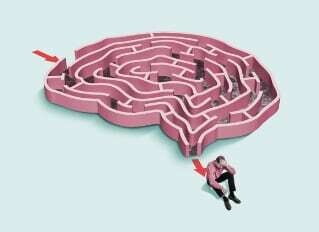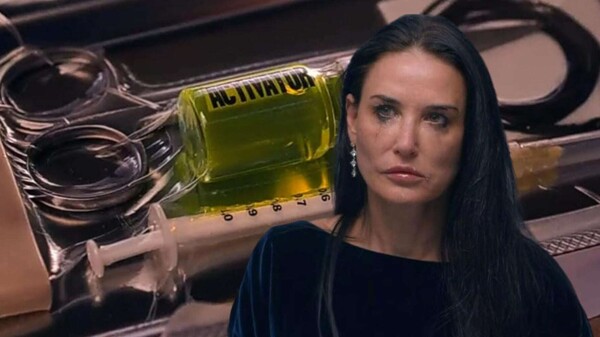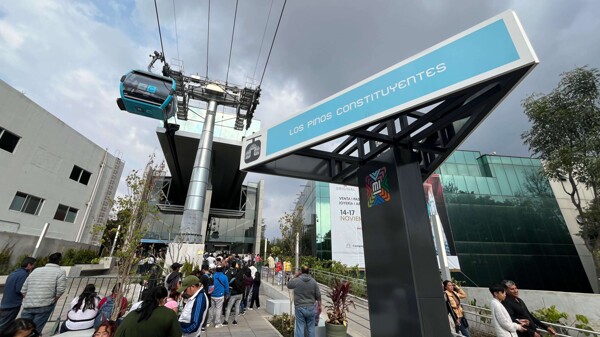
The difference by social class is as noticeable as that which comes from age. This is reinforced in education: the percentage that values their mental health positively reaches 69 percent among those who reported having a basic education, and rises to more than 80 percent among those with secondary and higher education. These data indicate that mental health is not only an aspect related to age or generation; one must also consider socioeconomic and social class differences.
Some use the stereotypical description of "the glass generation," and I believe they do so unfairly, as admitting and facing certain emotional ailments requires strength rather than the fragility attributed to them. In any case, the popular idea is that this mental health crisis is a problem faced by younger generations today. However, recent surveys in Mexico suggest that this is not necessarily the case, and that even social class, the socioeconomic level, can be as strong or stronger a predictor of mental health ailments than age or generation.
Eight percent of those aged 30 to 49 said their mental health status is bad, compared to 2 percent of the group aged 18 to 29 and 3 percent of the group aged 50 or older. But the most interesting finding from the survey is not this age difference, but the class difference.
In the national survey by El Financiero conducted in August of this year with 530 adults, the following question was included: "In general, how would you describe your mental health status: very good, good, fair, bad, or very bad?" This is a generic self-perception, but some studies on mental health suggest that this question reflects very well the differences between those who have or do not have various ailments such as excessive anxiety or depression, to name a few.
The survey showed that 24 percent of the interviewed individuals described their mental health status as very good and 52 percent as good, totaling 76 percent who consider themselves to be in good emotional and mental shape. Fifteen percent described their health status as "fair" and 4 percent as "bad," admitting to having certain ailments that the survey does not specify in detail but represent a plethora of possibilities. No one admitted that their mental health status is "very bad," but the remaining 5 percent did not respond to the question, leaving the question open as to whether it is due to lack of knowledge or a denial of admitting any ailment.
According to the survey, the age of the interviewed individuals does show differences in the self-description of mental health: among the group aged 18 to 29 years, 67 percent said it was good or very good, a proportion that rises to 75 percent among the group aged 30 to 49 years, and up to 79 percent among those aged 50 and above. But it is not the youngest group that stands out in the "bad" self-description of mental health, but rather those aged 30 to 49, mostly millennials.
Attention to mental health has increased in recent years, and awareness about it is often attributed to generational change. It is often thought that new generations have placed the topic on the agenda due to expressing higher levels of stress and anxiety, among other aspects of emotional well-being. In the book The Anxious Generation, published in 2024, psychologist Jonathan Haidt states that there has been a decline in mental health among the adolescent population in the United States and relates it, among other things, to the increasing use of smartphones. However, the so-called "mental health crisis" is often identified with new generations regardless of Haidt's study.
Among those who described themselves as middle class, 88 percent described their mental health status as good or very good and only 1 percent as bad, while among the lower classes, 68 percent gave a positive rating and 7 percent a negative one.














